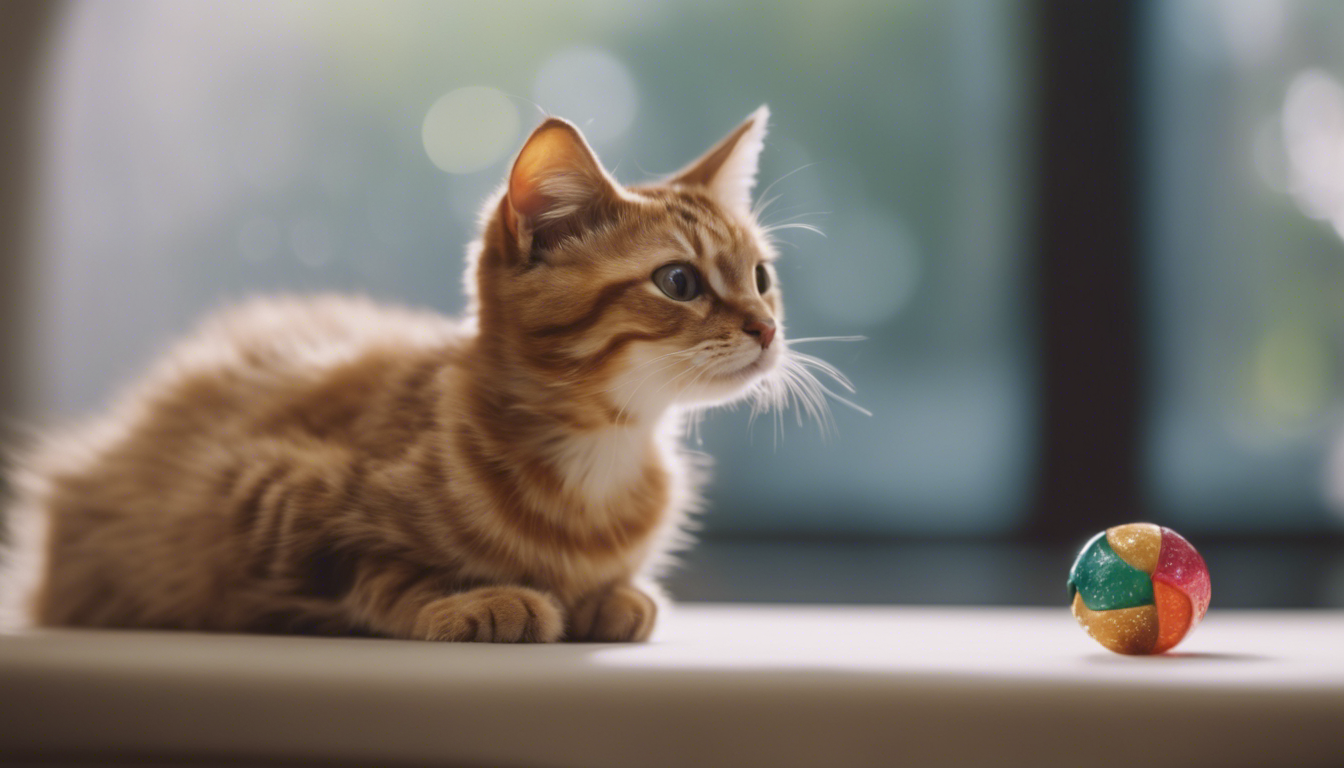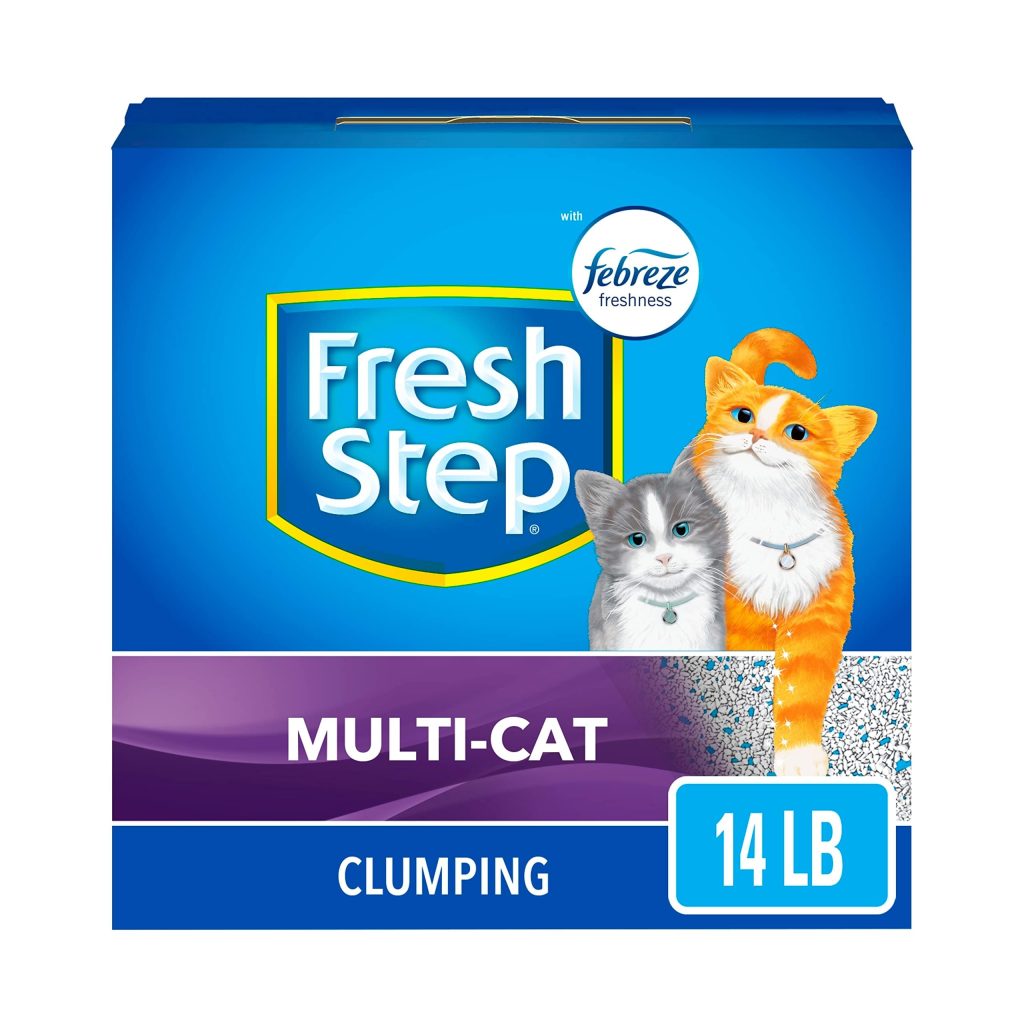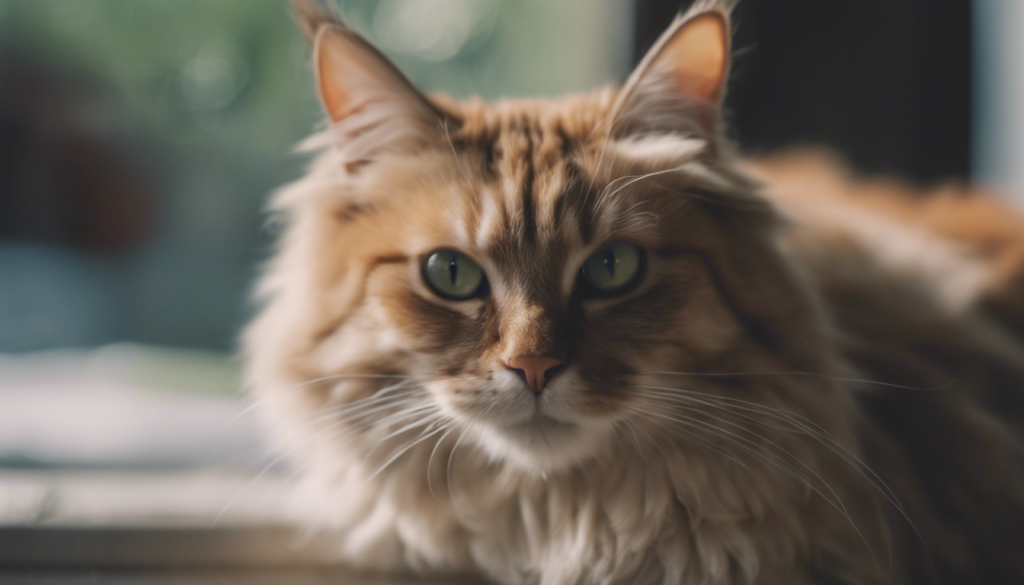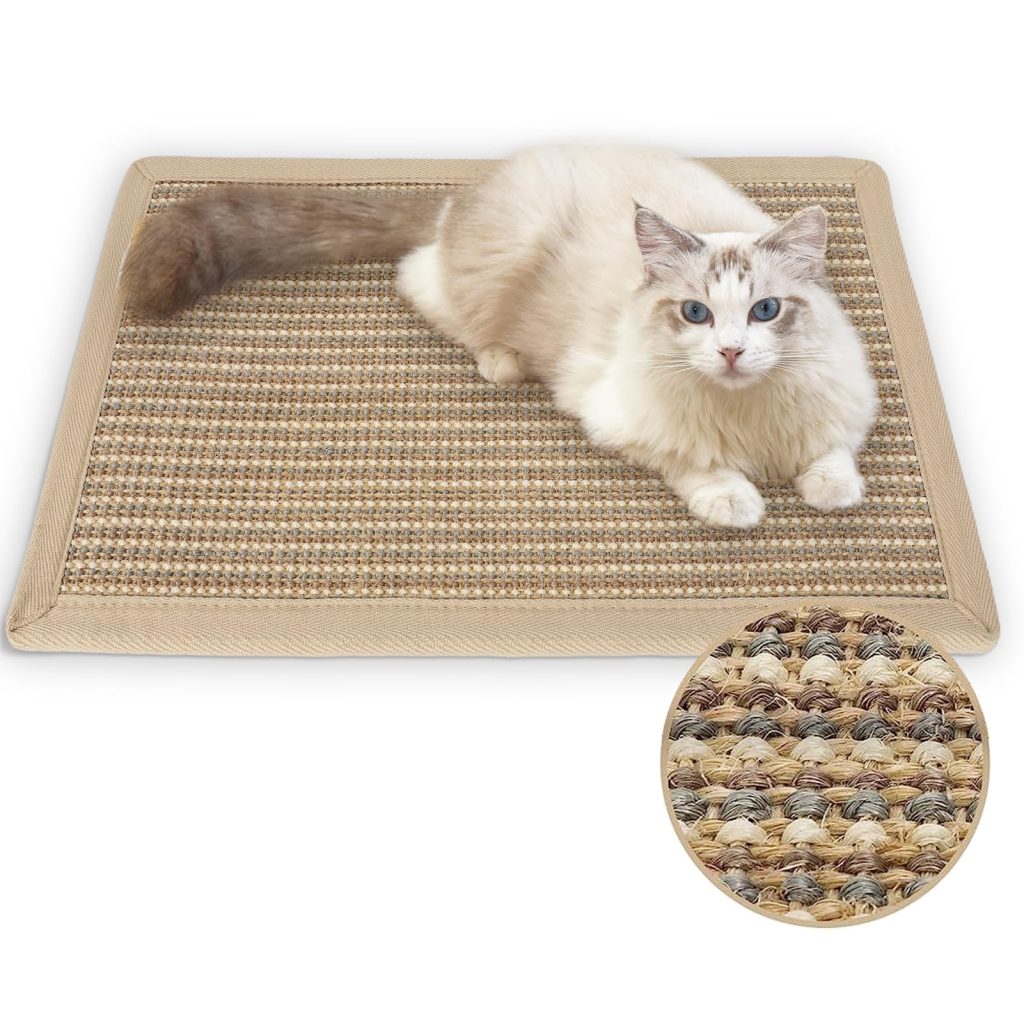
Interactive play is an essential component of a cat’s life, providing numerous benefits that contribute to their overall well-being. Cats are natural hunters, and engaging them in play that stimulates their instincts and satisfies their predatory needs is important for their mental and physical health. In this article, we will explore the various advantages of interactive play for cats, including its relevance to feline behavior and communication, training techniques, and its impact on the cat-owner relationship.
Feline Behavior and Communication
Cats have a complex and intricate communication system that involves body language, vocalizations, and scent marking. Interactive play can greatly enhance our understanding of their behavior and facilitate better communication with our feline companions.
During play sessions, cats display a wide range of behavioral cues that provide valuable insights into their current mood, level of arousal, and overall emotional state. Tail movements, ear positions, vocalizations, and body postures all convey important messages about their intentions and feelings.
Furthermore, interactive play allows cats to practice and refine their hunting skills. Through stalking, pouncing, and chasing toys, cats can satisfy their innate drive to hunt and capture prey. This not only provides mental stimulation but also helps release pent-up energy, reducing the likelihood of destructive behavior.
Training Techniques
Interactive play can be an effective training tool to modify unwanted behaviors and teach new skills to cats. By incorporating positive reinforcement techniques during play sessions, we can reward desirable behaviors and discourage undesirable ones.
For example, if your cat tends to scratch furniture, redirect their attention to an interactive toy or scratching post during playtime. When they engage with the appropriate object, reward them with praise or a treat. Over time, this association will help them understand that scratching the designated area is more rewarding than damaging your furniture.
Interactive play can also be used to teach basic commands and tricks. By associating specific actions or behaviors with playtime and rewards, cats can learn to respond to cues such as “sit,” “fetch,” or “high five.” Not only does this mental stimulation provide enrichment for your cat, but it also strengthens the bond between you and your furry friend.
Impact on the Cat-Owner Relationship
Engaging in interactive play with your cat on a regular basis can significantly enhance the bond and trust between you. Through play, you become a source of joy, excitement, and companionship in your cat’s life.
Additionally, interactive play serves as an opportunity for physical and emotional connection. Gently stroking your cat while playing, or incorporating interactive toys that mimic prey behavior, can create a sense of security and comfort for your feline companion.
This shared experience not only reduces stress and anxiety but also establishes a positive association with you as the caregiver. This can be particularly beneficial in situations that may cause fear or anxiety for your cat, such as veterinary visits or introductions to new environments.
Practical Tips for Interactive Play
- Schedule regular play sessions: Setting aside dedicated time for interactive play every day helps maintain consistency and ensures that your cat receives the mental and physical stimulation they need.
- Choose appropriate toys: Opt for toys that mimic the movement and texture of prey, such as feathered wands, interactive laser pointers, or treat-dispensing puzzle toys. Avoid toys with small parts that could be swallowed.
- Observe your cat’s preferences: Pay attention to what types of toys or play activities your cat enjoys the most. Some cats may prefer chasing toys, while others may be more interested in batting or pouncing.
- Rotate toys: To maintain your cat’s interest, periodically introduce new toys and rotate them to prevent boredom. This keeps playtime exciting and engaging.
- End on a positive note: Gradually wind down play sessions to help your cat relax before ending. Provide a calming activity such as gentle brushing or offering a favorite treat.
To wrap it up, interactive play is not only a source of entertainment but also a fundamental aspect of a cat’s life. By engaging in play that stimulates their natural instincts, we can improve their behavior, enhance communication, and strengthen the bond between us and our feline companions. Incorporating regular interactive play sessions into our routine can lead to happier, healthier, and more fulfilling lives for both cats and their owners.







